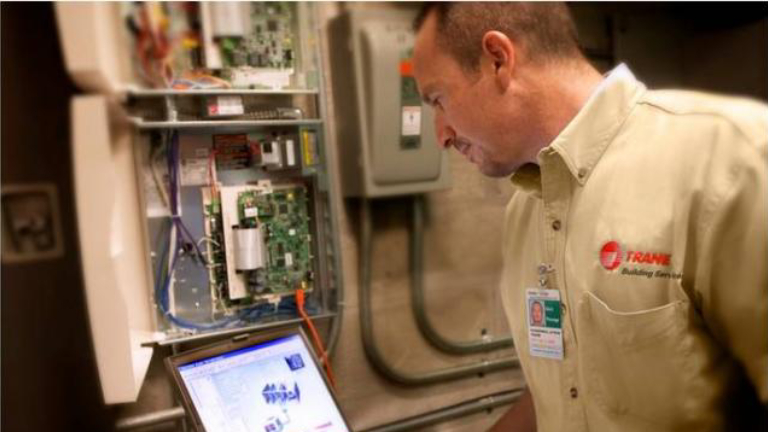Blog
Published: February 07, 2012
Calling on Partners to Deliver the Vision
In this post we'll discuss the final piece, which is calling on partners to help deliver the mission.


In previous posts we've reviewed the key steps in pursuing a high performance buildings journey, including identifying the building's mission, defining operational priorities, understanding tradeoffs and measuring against the mission.
In this post we'll discuss the final piece, which is calling on partners to help deliver the mission.
It make sense to seek help
In an era when information, methods and technology are emerging at a very rapid rate, it makes sense to seek assistance from willing partners who can help you understand the options available for navigating the journey to a high performance future state.
In larger urban areas, electric and gas utilities offer excellent programs that include guidance and knowledge to assist with conservation awareness and implementation models. Facility leaders can meet with utility representatives, whose resources certainly frame thinking about operational efficiency, specific technology application, new potential partners and other intelligence to assist in planning.
In addition to utility-grade energy audits to help uncover conservation opportunities, local utilities can be of great assistance in developing energy project work, helping with performance specifications and establishing project requirements.
Facilities and asset management professionals also can take advantage of system-level options developed by their primary original equipment manufacturers (“OEM“s) to review their installed systems and discuss upgrades, improvements and options.
OEMs can help provide business-case justification for decision making for repairs, recommissioning, upgrades, replacements and timing that prove valuable during budget cycles and long-term planning.
OEMs also provide input needed for a clear understanding of costs to operate systems and components. For example, they can talk readily about what it costs to operate primary equipment such as boilers and chillers each year, or they could perform scenario analysis like what a 10 percent hike in fuel prices might mean to overall annual operational costs.
Facility experts engage a number of organizations that provide education and help leaders understand options and emerging trends. Energy efficiency alliances and non-profit, action-oriented organizations support industry collaboratives and associations. These tend to range from regional, to industry-centric, or technology application specific.
Many of the organizations offer training and education workshops, webinars and local conferences that are affordable and convenient. Participation leads to awareness of other resources and other viable options for leaders to leverage.
External contributors can become key players that facilities leaders can leverage when navigating the process of establishing a high performance building. They can help leaders focus on ensuring that each building supports its organizational mission and improves the bottom line through a commitment to sustaining a high performance building environment.
Putting it all together
Every building has a mission, and understanding that mission is a critical to first step in developing an understanding of its occupants' objectives and how to set operational priorities that support that mission.
Once an operational model is defined and the necessary steps taken, building professionals must be aware of potential tradeoffs of implemented performance improvements, and take advantage of technology and best practices that allow them to measure against the mission, and ultimately gauge success.
In closing, if there is one key take-away from this piece, it would be that creating a high performance building is not a destination, but a journey. And like most journeys, knowledgeable guides can make all the difference.
